I am trying to build a simple ECG circuit. I designed the circuit based on multiple ideas from the internet and the parts (INA118P) available. What I do not exactly understand is how much the gain of the right leg drive should be. I marked on the schematic that gain=39 for DC, but I do not understand why this is the optimal gain value. What is a generic rule for ECG circuits? How does one determine a suitable gain for the right leg drive? Is it maybe a good idea to make R5 adjustable?
(Also I am curious whether the unmarked op-amp can be a simple LM324 or I need something more specific. I guess signals over 1kHz are not really important, but the feedback capacitors C2 and C4 are suspiciously small.)
